13 SEER vs 14 SEER? Definitely 14 SEER. Here’s Why.
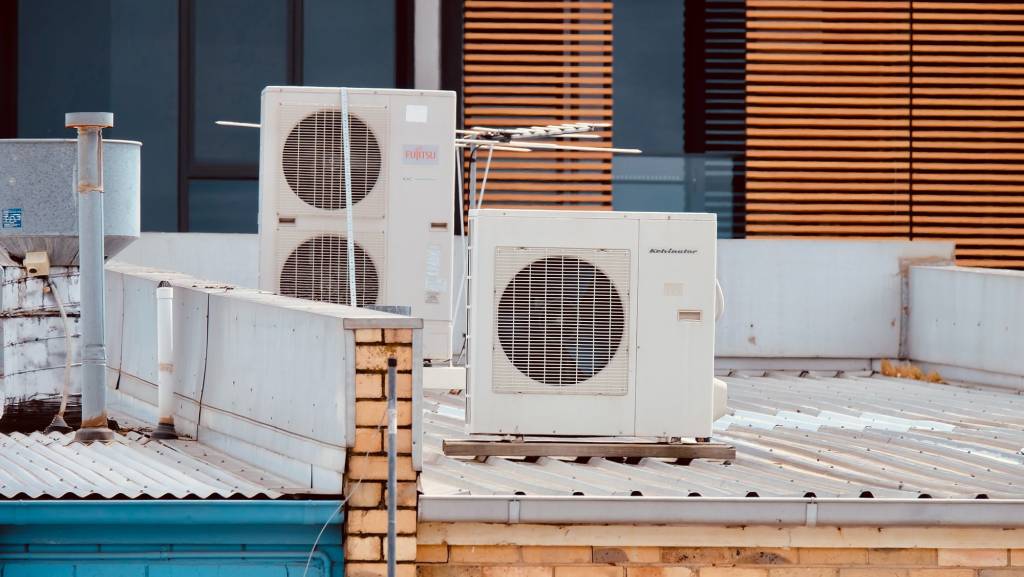
If you’ve found this page, you’re probably neck deep in all of the information Google has to offer on heat pumps, and you probably have questions. Geothermal or air-to-air? Mini-split or ducted? 13 SEER or 14 SEER? 🥵
Whether that’s because your good ol’ AC finally klonked out this last summer, or because you’re thinking about upgrading to a more sustainable heating system before winter arrives — welcome! We’re happy you’re here. 💕
We’re also happy to help! There are a lot of things to think about before investing in a heat pump. One of those things — and one of the more confusing things about heat pumps — is SEER ratings.
SEER Ratings: The Basics
Who doesn’t love a nice, niche industry acronym? 🤓
SEER stands for “Seasonal Energy Efficiency Ratio.” A SEER rating is a number that tells you how energy efficient an AC unit or heat pump is during the cooling season. It’s calculated by subjecting the AC or heat pump to a range of possible temperature/humidity conditions, and comparing the electricity it draws to the amount of cool air it is able to provide.
Heat pumps are assigned an additional efficiency rating with a slightly less sexy acronym: an HSPF rating. HSPF stands for “Heating Seasonal Performance Factor.” It’s calculated in essentially the same way as a SEER rating, except for the fact that it’s designed to communicate a heat pumps efficiency as a heater instead of as an air conditioner.
Don’t worry too much about where these ratings come from — the actual math isn’t all that important. All you need to know is this: the higher the SEER rating (or HSPF rating), the more efficient the AC or heat pump is. And in the age of electrification, efficiency is everything. 😤
You can learn more about these ratings in this article about mini-splits.
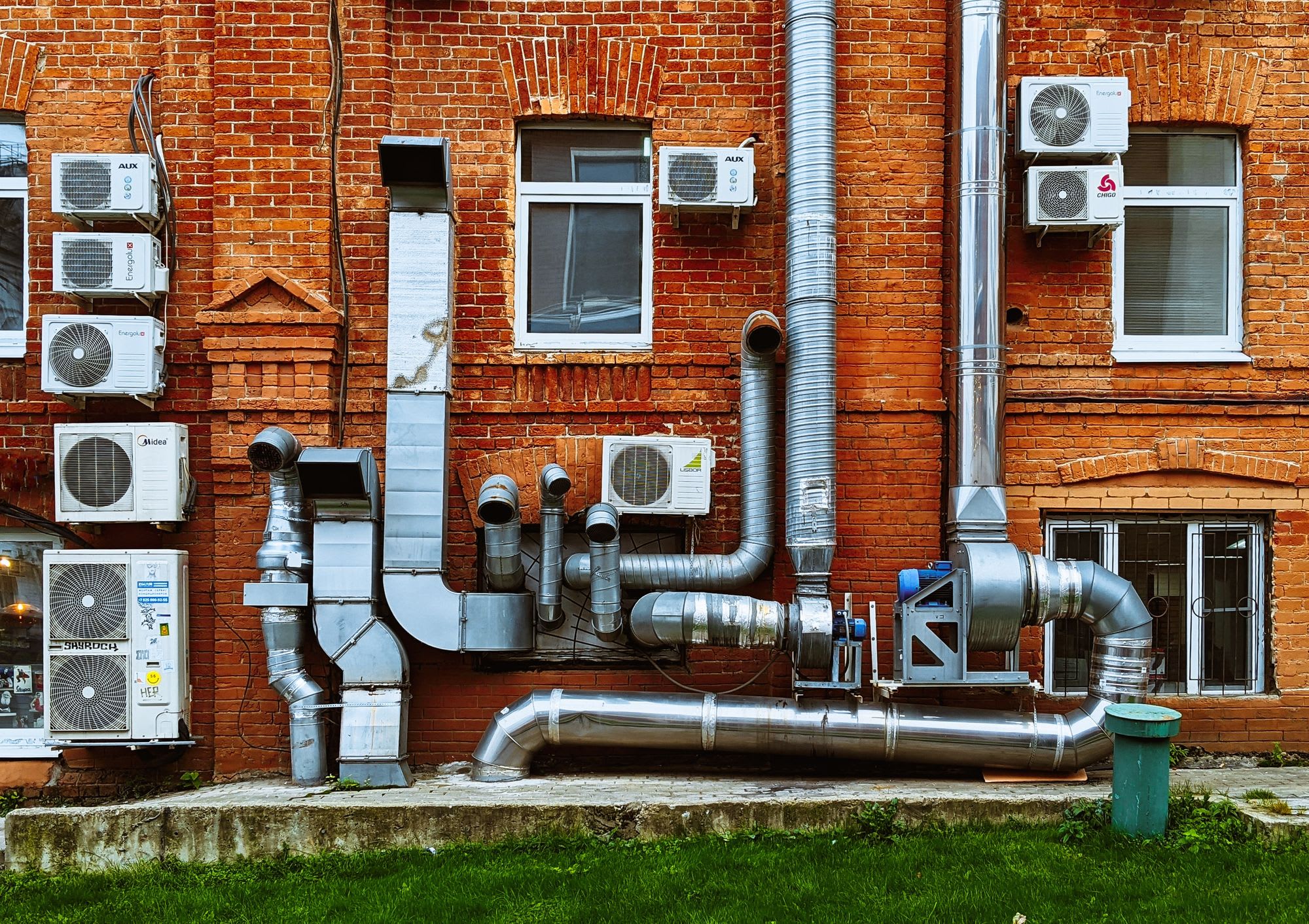
To Be or Not To Be? 13 SEER vs 14 SEER?
The big question: what SEER rating should you go with? 13 SEER or 14 SEER? or 15? 16?? 20?!
Here’s what you need to know: there’s good news, and then some bad news, and then some more good news. 🥳 😨 🥳
The Good News
The first bit of good news is that if you’re desperately trying to decide between 13 SEER and 14 SEER, you can stop: the choice has been made for you. The Department of Energy updated the minimum energy efficiency standards for ACs and heat pumps as of January 1st, 2023, and HVAC units with 13 SEER ratings are officially out. 🙅♀️x
Basically, it was decided that the SEER testing methods didn’t accurately account for the impact of ductwork, or ”external static pressure”, on the efficiency of residential HVAC equipment. So, new testing methods were developed, along with new “SEER2” and “HSPF2” rating systems. The standards were updated accordingly, and 13 SEER systems didn’t make the cut.
(Don’t worry, even though SEER2 and HSPF2 ratings are technically the ✨new thang✨, equivalent SEER and HSPF ratings are still given, and the same logic still holds — the higher the rating, the more efficient the AC/heat pump is).
The New Standards
The current standards are as follows, based on region:
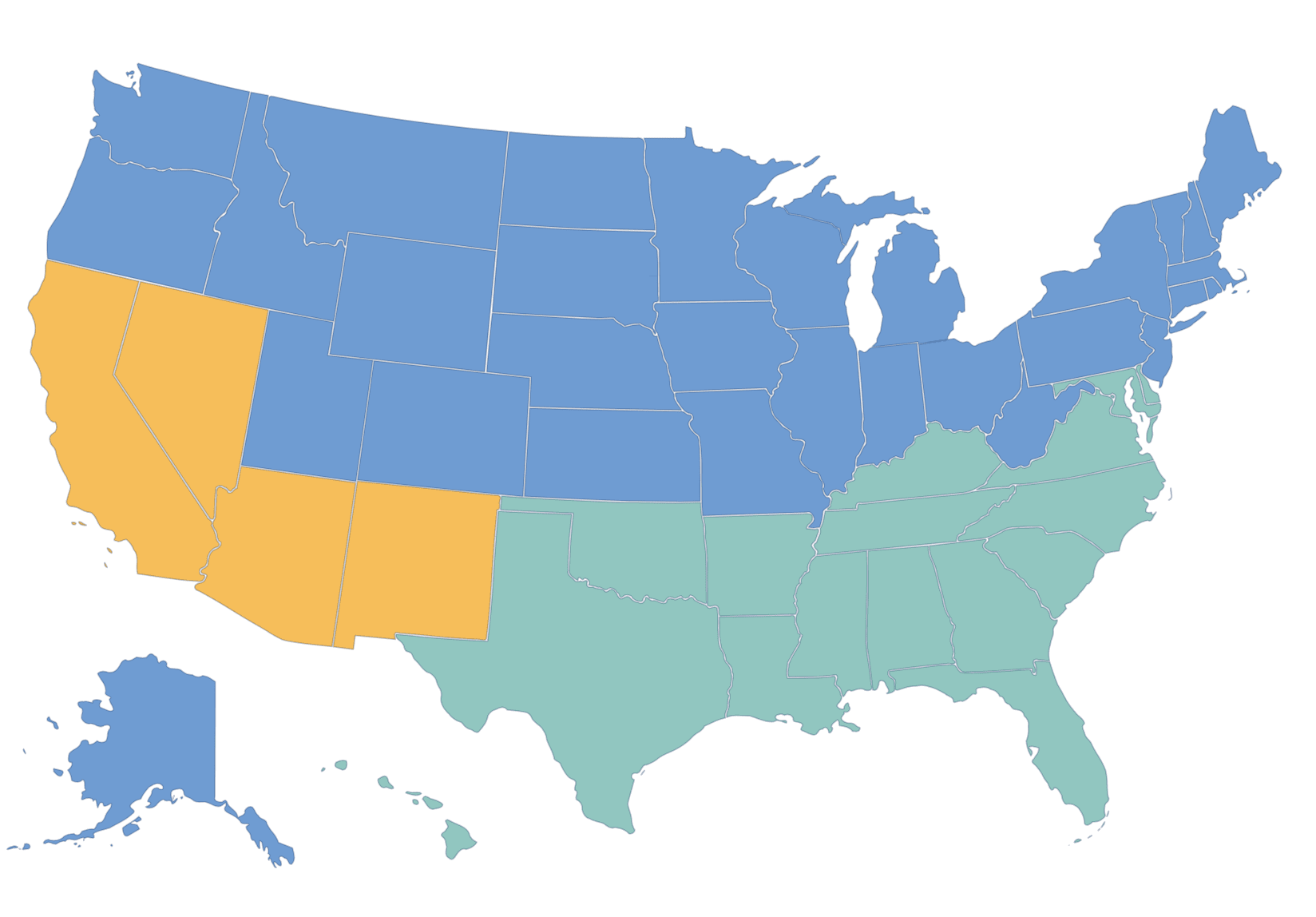
Northern States (shown in blue)
| SEER2 | SEER | HSPF2 | HSPF | |
|---|---|---|---|---|
| Split System ACs | 13.4 | 14 | ||
| Split System Heat Pumps | 14.3 | 15 | 7.5 | 8.8 |
| All Packaged Systems | 13.4 | 14 | 6.7 | 8.0 |
Southeastern States (shown in green)
In all Southern states, standards vary based on the size of the HVAC unit in question.
For units sized below 45,000 BTU
| SEER2 | SEER | HSPF2 | HSPF | |
|---|---|---|---|---|
| Split System ACs | 14.3 | 15 | ||
| Split System Heat Pumps | 14.3 | 15 | 7.5 | 8.8 |
| All Packaged Systems | 13.4 | 14 | 6.7 | 8.0 |
For units sized at 45,000 BTU and above
| SEER2 | SEER | HSPF2 | HSPF | |
|---|---|---|---|---|
| Split System ACs | 13.8 | 14.5 | ||
| Split System Heat Pumps | 14.3 | 15 | 7.5 | 8.8 |
| All Packaged Systems | 13.4 | 14 | 6.7 | 8.0 |
Southwestern States (shown in yellow)
In all Southern states, standards vary based on the size of the HVAC unit in question.
For units sized below 45,000 BTU
| SEER2 | SEER | HSPF2 | HSPF | |
|---|---|---|---|---|
| Split System ACs | 14.3 | 15 | ||
| Split System Heat Pumps | 14.3 | 15 | 7.5 | 8.8 |
| All Packaged Systems | 13.4 | 14 | 6.7 | 8.0 |
For units sized at 45,000 BTU and above
| SEER2 | SEER | HSPF2 | HSPF | |
|---|---|---|---|---|
| Split System ACs | 13.8 | 14.5 | ||
| Split System Heat Pumps | 14.3 | 15 | 7.5 | 8.8 |
| All Packaged Systems | 13.4 | 14 | 6.7 | 8.0 |
These are the broad strokes, but some states/systems have slightly different rules and requirements, so as always, make sure to check with a trusted local contractor before making a purchase.
The Bad News
The raised minimum efficiency standards are good for consumers and for the planet, but there is one unfortunate side effect: minimum upfront costs for homeowners also increased. 💰
Better efficiency comes with a price tag, and these raised standards mean that the cost of the most affordable units that meet energy efficiency standards are 15-20% more than they were before the regulatory shift.
Unfortunately, this heightened baseline price isn’t even in line with the heightened baseline efficiency of the units now eligible for purchase; the new rules only raised the standards by 7-10%. 🫠

The Good News, pt. 2
It’s true that baseline prices are higher; but, the increased efficiency of the units on the market means that homeowners will make that money back in no time in the form of energy savings.
DOE estimates that homeowners who install energy efficient heat pumps and ACs will collectively save between $2.5 billion and $12.2 billion on electricity bills over the next 30 years. That’s a lot of cheddar. 🧀
Though, you really shouldn’t buy a new AC. Read more about why in this article about the differences between heat pumps and ACs.
Here is a nifty calculator that can help you figure out how much money you’d save by installing a heat pump with a higher SEER rating, based on the size of your house and the efficiency of your current cooling system.
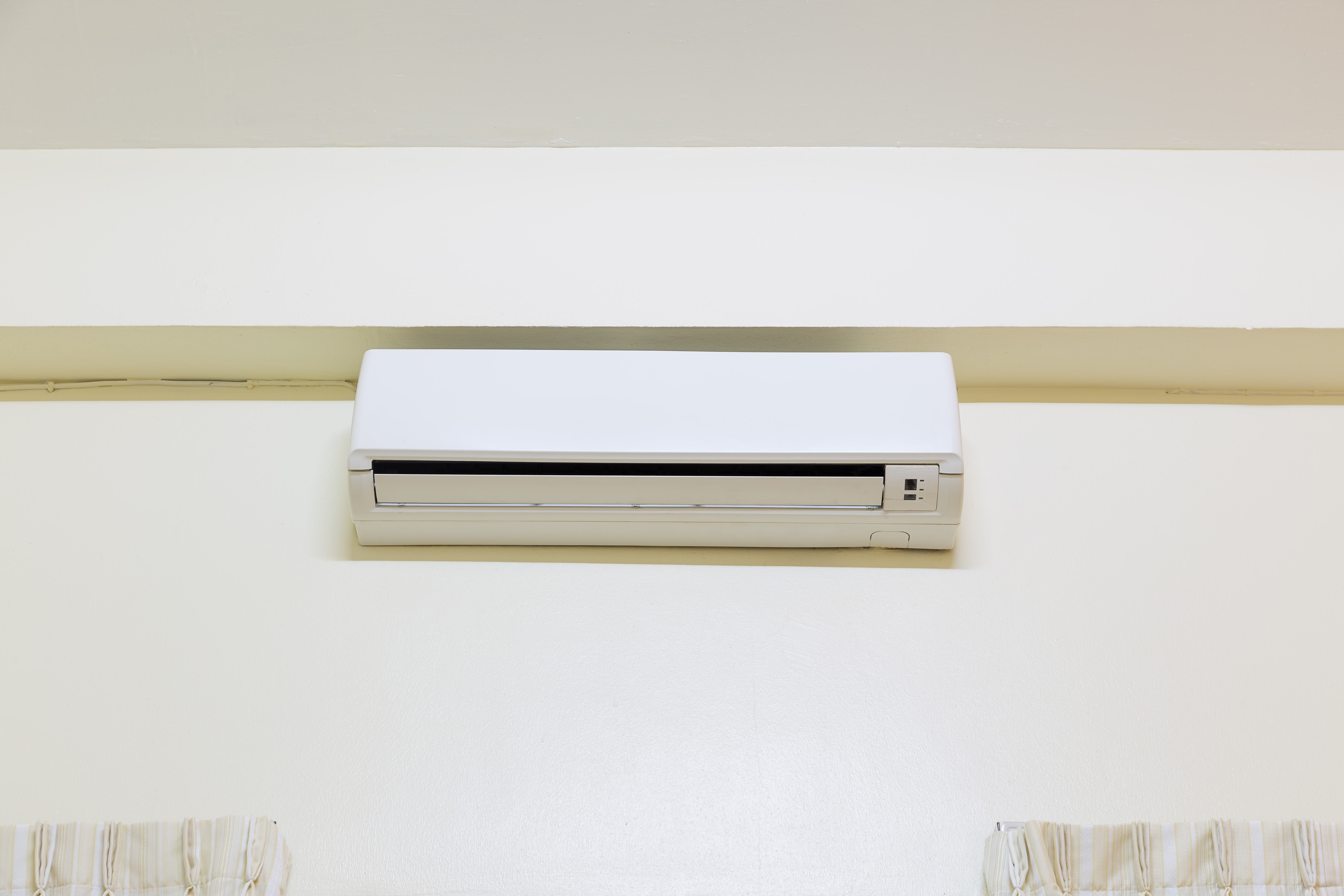
Choosing A New Heat Pump
Even taking into account the decreased number of options available to homeowners following the change in the DOE’s minimum efficiency standards (meaning the 13 SEER vs 14 SEER debate is old news), there are still tons of heat pumps to choose from. Having to absorb and evaluate so much information and make so many decisions can be super overwhelming. 😰
Wildgrid can help! We have tons of resources available for homeowners looking to upgrade to more energy efficient appliances, including educational blog posts and videos, a rebate calculator, a 6-week home electrification course for women (taught by the lovely Krystal Persaud, co-founder of Wildgrid), and a directory of trusted contractors.
If all else fails, just shoot us a message! We’d love to chat. 🌞
SEER ya later! 🤪
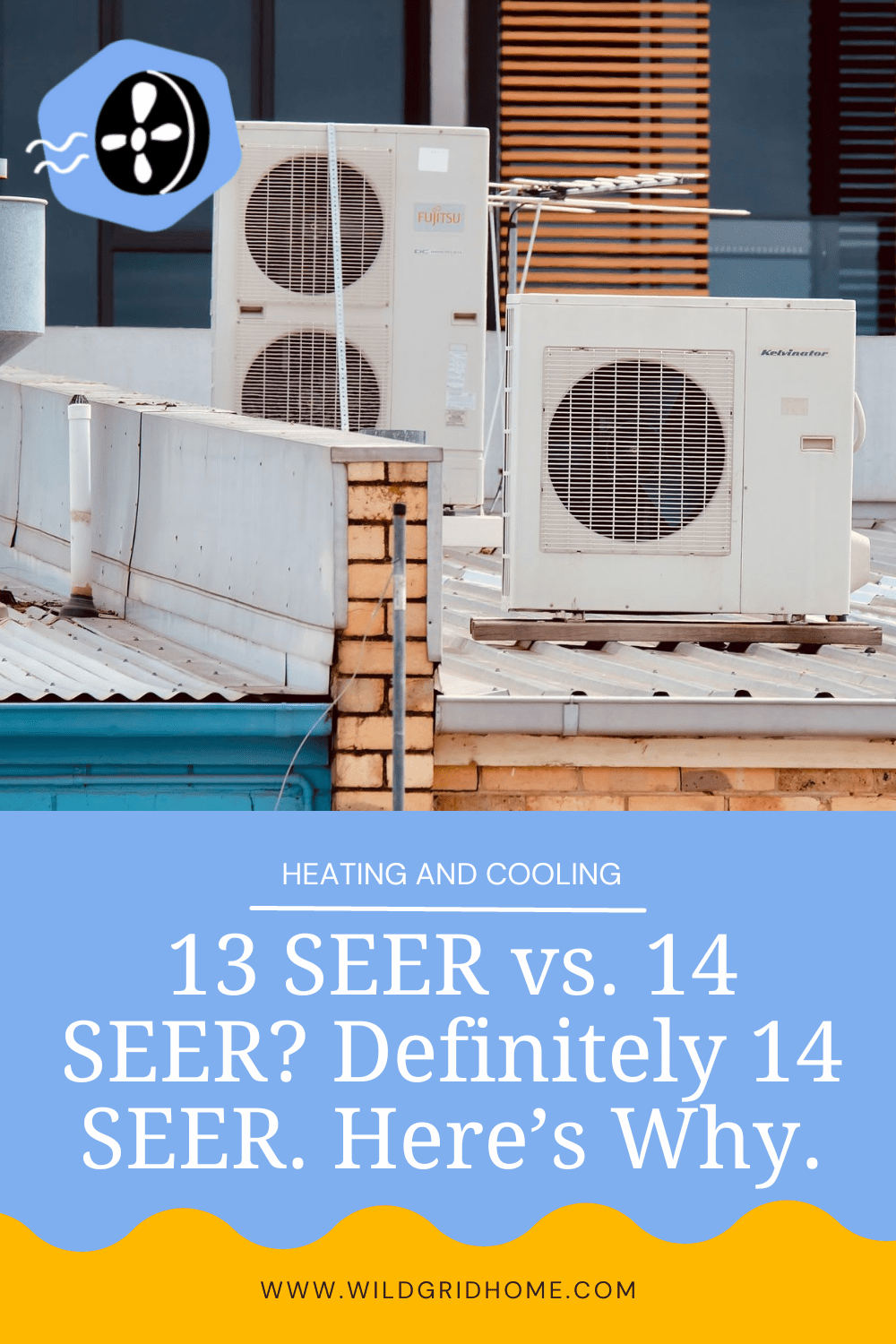

5 Sustainable Home Improvement Ideas on Any Budget
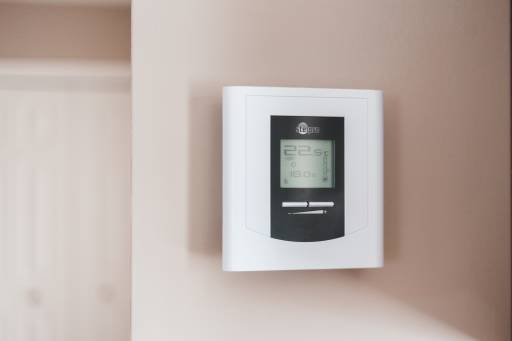
A Heat Pump For Cold Weather?: 4 Options to Stay Cozy This Winter

How Does The Federal Solar Tax Credit Work?
Sunshine in your inbox
Treat your inbox to educational videos, solar guides, and news.